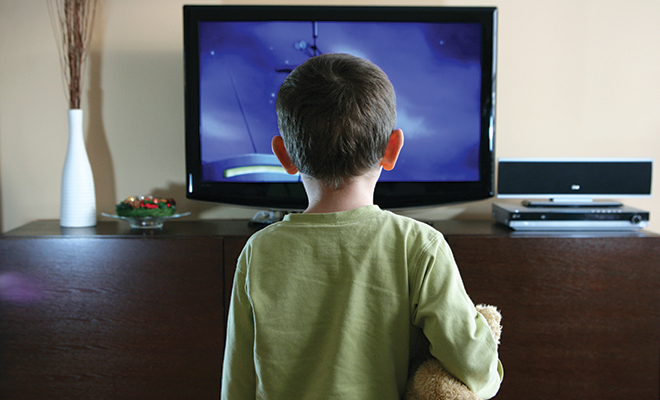
Keeping Kids’ Screen Time Healthy
Parents are caught in a quandary when it comes to how much screen time they should allow their children each day. After all, it seems as if the whole world is connected and glued to a screen,
whether it’s a cell phone, a TV, a computer screen at work or a video game.
There is no doubt we live in a digital age that offers wonderful opportunities. But at the same time, experts believe wholeheartedly that this digital dependence has negative effects on the healthy development of children in general.
To that end, the country’s largest group of pediatricians, the American Academy of Pediatrics, or AAP, has provided parents with a set of recommendations and resources to help families find balance between the digital realm and the real world, all the way from birth to adulthood.
They have even published an interactive, online tool so families can create a personalized Family Media Use Plan that takes into account the health, education and entertainment needs of each child as well as the whole family. The online tool can be found at the AAP’s website.
For these guidelines, the AAP identifies screen time as time spent using digital media for entertainment purposes. Other uses of media, such as online homework, don’t count as screen time.
Jenny Radesky, MD, FAAP and lead author of the policy statement, Media and Young Minds, says, “Families should proactively think about their children’s media use and talk with children about it, because too much media use can mean that children don’t have enough time during the day to play, study, talk or sleep.” Additional policy statements deal with later ages as well, with recommendations for parents.
Specifically, the group advises parents of children younger than 18 months to avoid the use of screen media other than video-chatting. Banning screen time for babies is hugely important for brain development and healthy parent-child connections, according to AAP. Even if the baby isn’t directly looking at the screen, the lights and sounds can be overstimulating and cause sleep problems. Plus, if a mother is watching TV and holding or nursing her baby, the baby is deprived of intimate interaction with the mother.
Parents of children up to five years of age should introduce high-quality programming such as PBS’ Sesame Street and watch it with their children to help them understand what they are seeing. Quality programming for young children is often better than normal TV because there are fewer advertisements blaring at the child, who at this age cannot understand the difference between fiction and real-world situations. Several cartoons fall into this category; these are difficult for a young brain to comprehend. Parents should also limit screen use to one hour per day and co-view media with the children to help them understand what they are seeing and apply it to the world around them. In addition, digital books often include enhancements that, research shows, may be distracting and reduce comprehension; parents are advised to co-view e-books as well.
For children six and older, parents need to place consistent limits on the time spent using media and the types of media and make sure it doesn’t take the place of adequate sleep, physical activity and other behaviors essential to health. Media-free times, such as dinner or while driving, as well as media-free locations at home, such as bedrooms, are highly recommended.
For healthy kids, an average day includes school, homework time, a minimum of one hour of physical activity, social contact and sleep, which is anywhere from 8 to 12 hours for kids. If there is any time left, they can have screen time for recreation.
Parents need to be their child’s media mentors, which means teaching them how to use it as a tool to create, connect and learn. Kids are bombarded by video games, social media and apps on laptops, phones, desktops, personal held devices, you name it. It’s up to the parents to help them navigate the sea of digital media to understand how this world fosters negative outcomes such as bullying, sexting, online solicitations from nefarious predators and the like. With younger children, exposure to off-color behavior or commercials for unhealthy foods is a constant battle for parents to monitor.
As always, parents need to parent, as they did before the media landscape changed. Setting good examples for children goes a long way to teaching good digital media habits. If a child sees their parent run from the dinner table to take a phone call or become irritable when interrupted on the phone, they will mimic that behavior.
The AAP recommends quality time together when everyone unplugs. A wonderful start is the dinner table, where face-to-face interactions take place and intimate bonds are formed. ■
Sources: cnn.com, healthychildren.org and psychologytoday.com.







